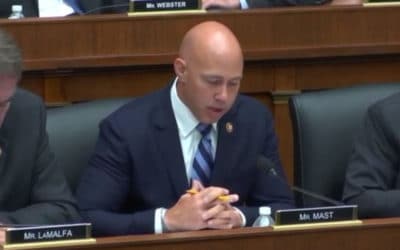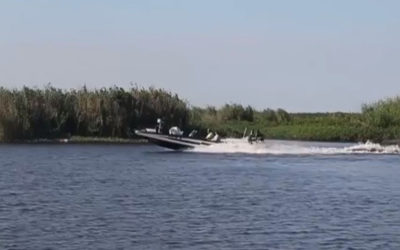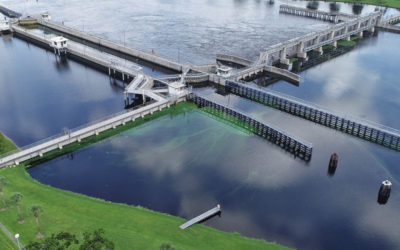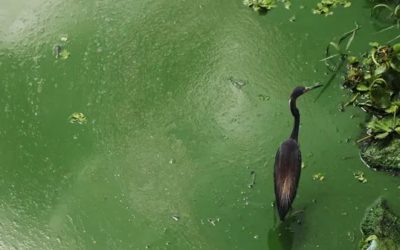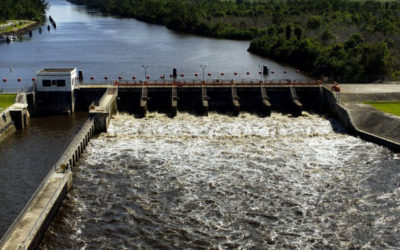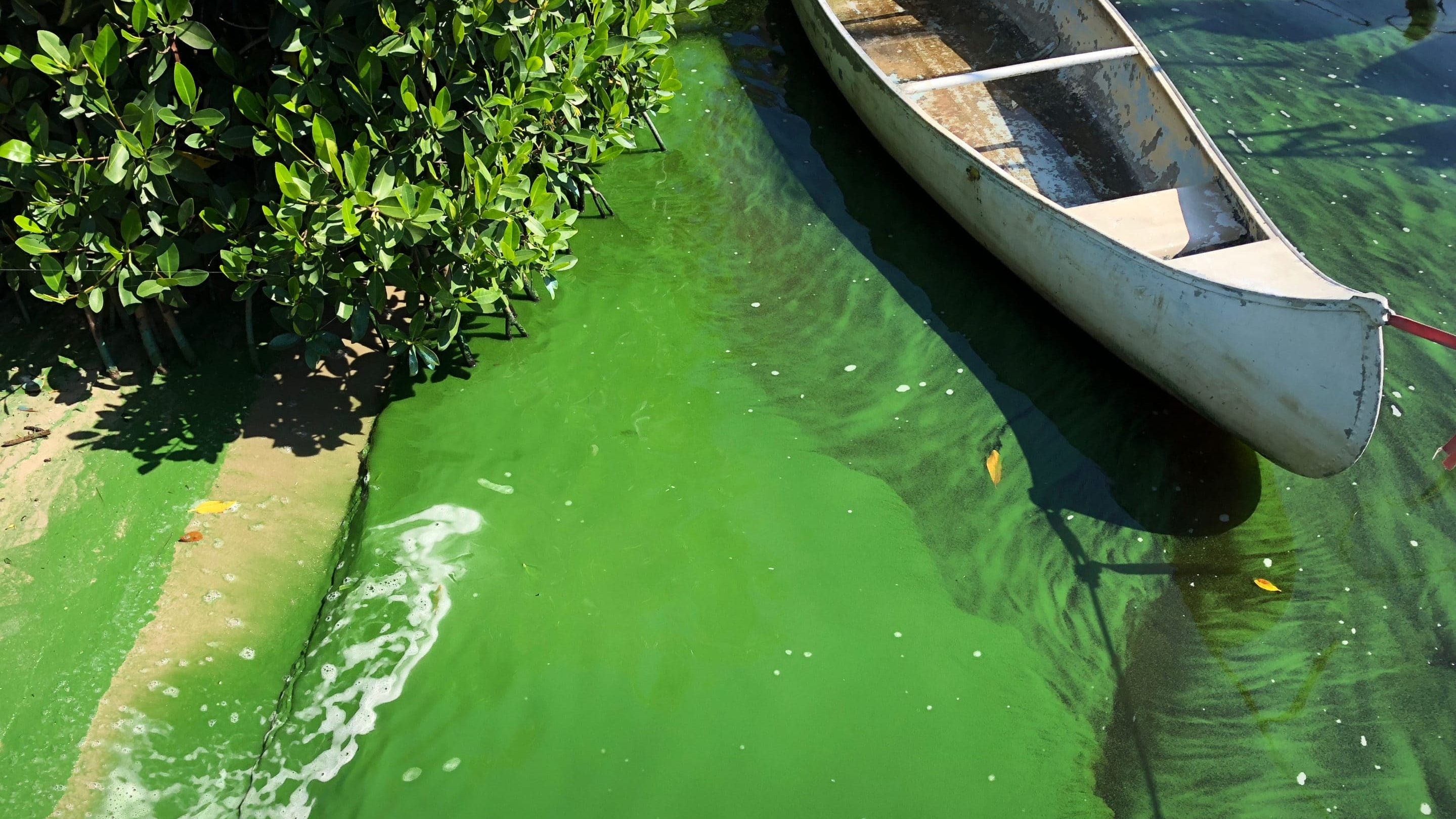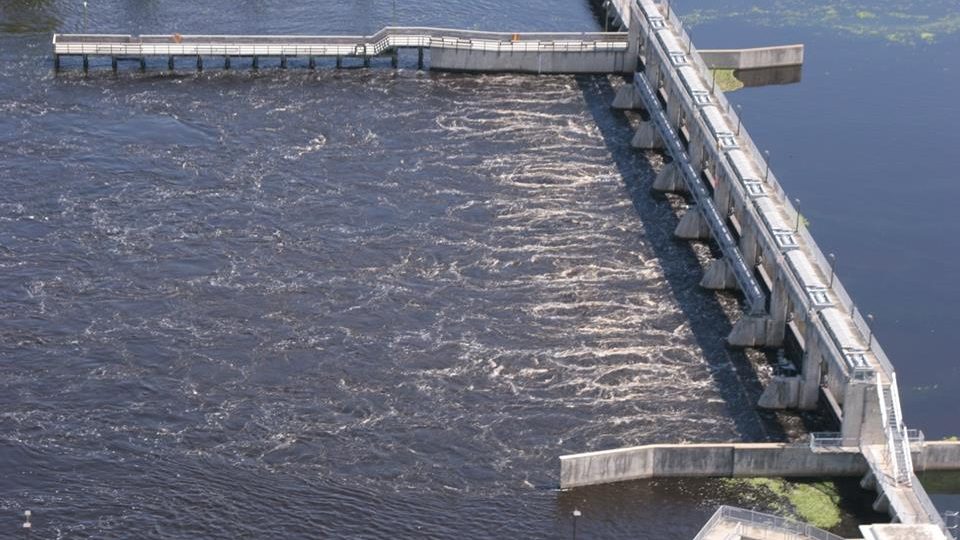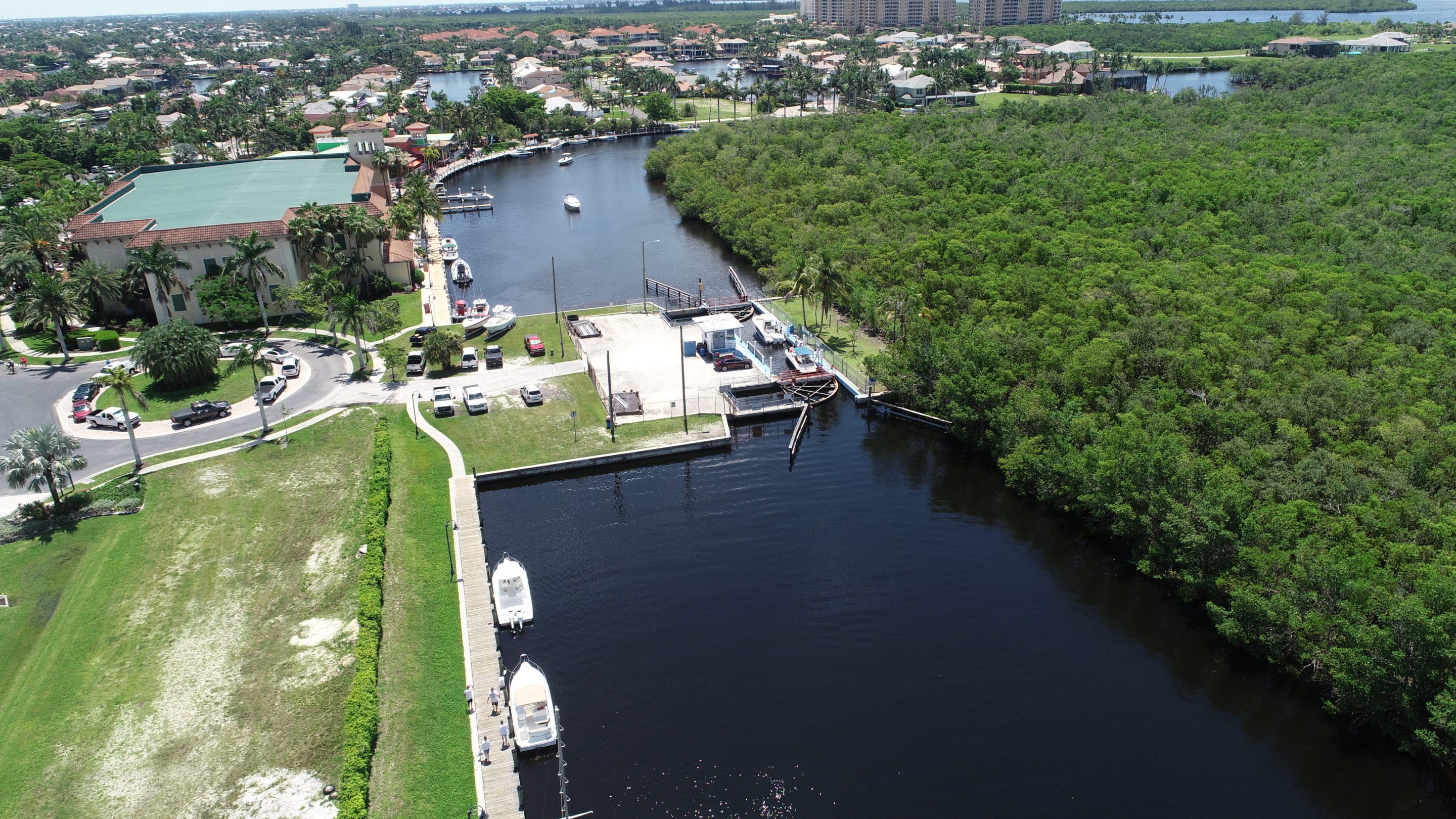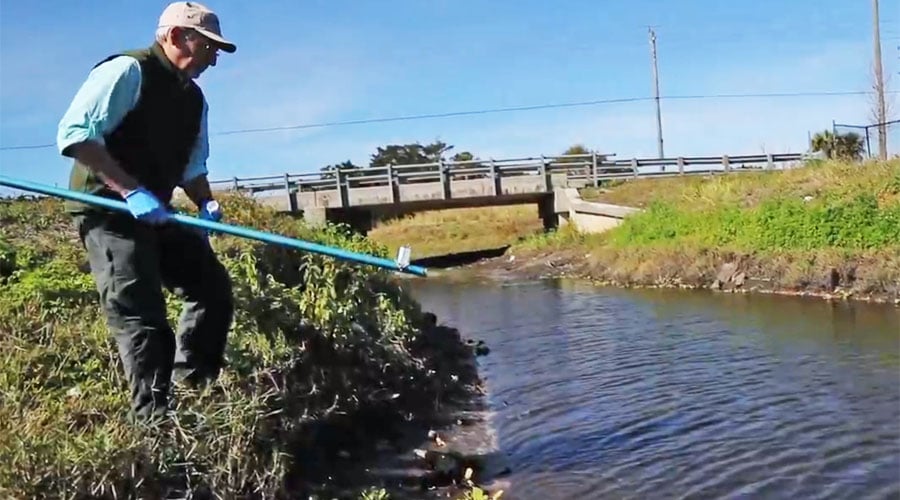Issue:
Lake Okeechobee Discharges
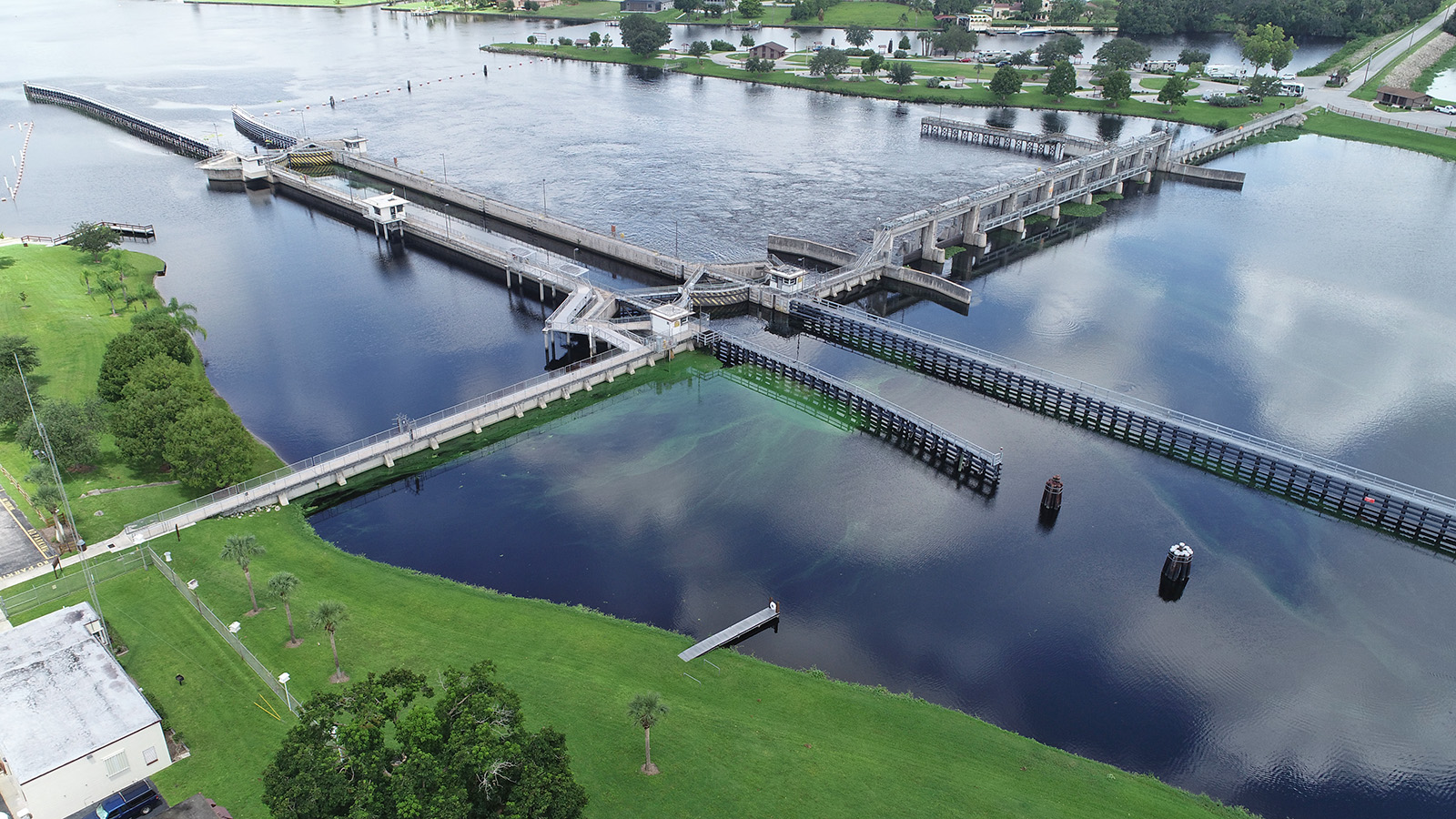
Harmful Discharges
Lake Okeechobee is often referred to as the “liquid heart” of Florida. Unfortunately, over the years, the Lake has become heavily polluted by run-off from agriculture and development in Central & South Florida.
As it was designed in 1947 to avoid flooding south of the lake, the Caloosahatchee and St. Lucie rivers are the two “safety valves” of the system during high water events. Water from Lake Okeechobee is now routinely discharged to these rivers and sent to tide in the Gulf of Mexico and Atlantic Ocean. This practice is also starving Florida Bay of the freshwater it naturally received through the historic Everglades.
In the wet season, massive amounts of nutrient polluted water is now being sent to the Caloosahatchee River. This nutrient rich water is exacerbating harmful algal blooms of increasing scope and frequency.
The federal Army Corps of Engineers is responsible for the Lake’s operation. The Corps’ operational manuals consider public safety and many other objectives set forth by the state’s South Florida Water Management District.
Minimum Flows & Levels
To complicate matters for the Caloosahatchee, our brackish water estuary thrives with a certain amount of freshwater sustaining Vallisneria tape grass near Fort Myers. When dry season rainfall is not enough to suppress salinity levels, tape grass die-offs occur.
As a result of these two seasonal swings, and water mismanagement by government agencies, the Caloosahatchee often suffers from too much freshwater in the wet season, and not enough freshwater in the dry season.
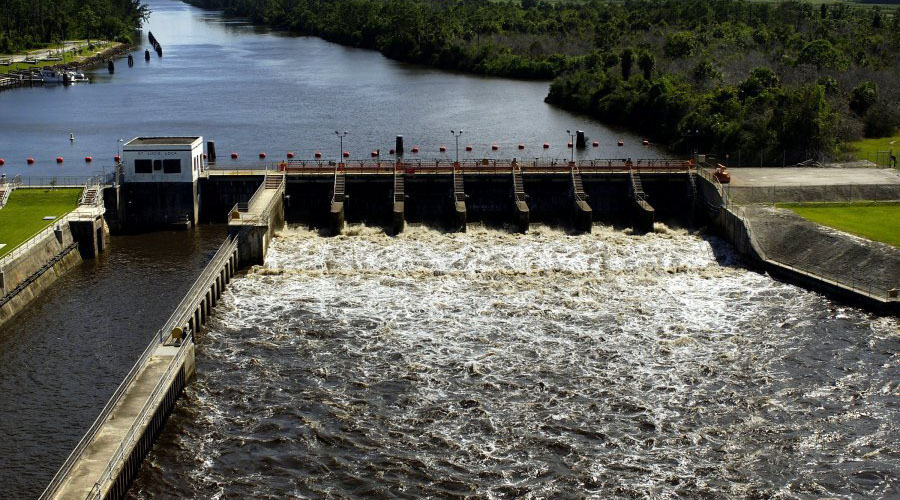
Useful Links
Lake Okeechobee Status

There are a number of tools we use to gather information about the current status of harmful algal blooms on the Lake, as well as the flows being overseen by water managers. Here are a few of the best:
Related News Stories
Lake Okeechobee
Army Corps Acknowledges Toxic Algae and Nutrients in Lake O Releases
The U.S. ACOE acknowledged it has released water from Lake Okeechobee into the Caloosahatchee and St. Lucie rivers that has contained toxic cyanobacteria. In a hearing about the releases from Lake Okeechobee, U.S. Rep. Brian Mast questioned Maj. Gen. Scott Spellmon of the Corps.
Army Corps Urges Caloosahatchee & Lake O Boaters to be Aware of Harmful Algae
The U.S. Army Corps of Engineers is now warning boaters about toxic cyanobacteia, also called blue-green algae, in Lake Okeechobee and the 154-mile Okeechobee Waterway, which includes the Caloosahatchee and St. Lucie rivers.
Expert Comments to the ACOE for Lake Okeechobee’s Regulation Schedule
The Center for Biological Diversity joined forces with Calusa Waterkeeper, Sierra Club, Bullsugar and Save the Manatee Club to submit scoping comments for the ACOE’s review regarding an upcoming revision to the Lake Okeechobee System Operations Manual.
Judge Dismisses Caloosahatchee Stakeholders’ Petition
“Once again, the Caloosahatchee estuary is going to get the short end of the stick,” Cassani said. “I mean, we’ve been at this for 18 years … With the empirical evidence presented, it’s maddening that the administrative law judge would not see the shortfall in what the district had revised the rules to.”
Lake Okeechobee Releases Cause Concerns about Water Quality & Algae Blooms
Lake Okeechobee releases started again last week, and the results are a mixed bag for the Caloosahatchee and its delicate estuary. The volume of water is not concerning to many local environmental groups, but they do question the quality of water coming from the big lake.
Public Comment Still Needed on Lake Okeechobee
John Cassani with Calusa Waterkeeper spoke to the League of Women Voters’ Environmental Committee at the Cape Coral Public Library. He spoke about water quality issues in our area, and how to keep the momentum going for recent changes.
Make a Donation
Get Notified
Priority Issues
Harmful Algal Blooms
Cyanobacteria & Red Tide
Cyanobacteria (blue-green algae) and Karenia brevis (red tide) have been making major impacts on Southwest Florida.
Lake Okeechobee Discharges
Revise System Operating Manual
The Caloosahatchee River often suffers from too much freshwater in the wet season, and not enough freshwater in the dry season.
Cape Coral Spreader Canals
Nutrient & Sediment Loading
The City of Cape Coral is working to remove large storm-water barriers to make recreational boating more convenient.
Bacteria Monitoring
Fecal Indicator Bacteria
Calusa Waterkeeper has been at the forefront of monitoring this Fort Myers tributary for fecal bacteria indicators.

























